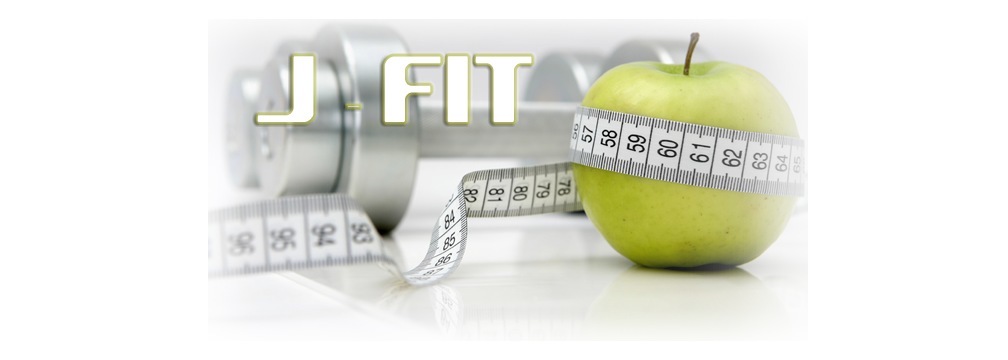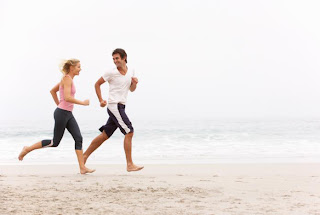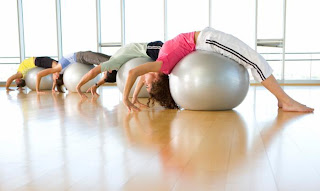Are you inflexible? Have tight muscles? Do you ever experience back pain or want to avoid the discomfort you've seen others experience? Back pain affects 80% of Americans at some time in their lives. It comes in many forms, from chronic to acute and can occur in the lower back, middle back or upper back.
Back pain can range from a dull, constant ache to a sudden, sharp pain. It can come on suddenly—from an accident, a fall, or lifting something heavy—or it can develop slowly, perhaps as the result of age or lifestyle-related changes to the spine. A sedentary lifestyle also causes back pain because sitting compresses the spine, tightens the hips, and weakens the Gluteus Maximus. When your glutes are weak, your posture is pulled out of alignment.
Here are some strategies for avoiding or managing back pain:
EXERCISE: Although exercise is usually not advisable for acute back pain, proper exercise may help prevent injury and pain, alleviate chronic pain and perhaps prevent its return. Exercises that increase balance, strength and stability can decrease your risk of falling and injuring your back or breaking bones. Exercises like Yoga, Pilates, and Tai Chi can help strengthen weak muscles and can stretch tight muscles to relieve spinal compression.
NUTRITION: Eating a healthy diet also is important. Maintaining a healthy weight alleviates back strain and joint pressure. Additionally, a healthy diet provides Calcium and Vitamin D – nutrients that keep your bones strong. These nutrients help prevent Osteoporosis, which often is responsible for bone fractures and thin bone density. Calcium is found in green, leafy vegetables, some legumes, seeds and nuts, dairy products and fortified products like orange juice. Your body makes Vitamin D when you are in the sun, even when you wear sun block. Talk to your doctor about how much of these nutrients you need per day, and consider taking a nutritional supplement or a multivitamin, if necessary.
POSTURE: Practice good posture and support your back properly. Use good posture (or form) when exercising. Do not lift more weight than you can support with proper form. When lifting a heavy weight, don’t bend over the item or round your back. Instead, squat behind it, keep your back straight and lift with the strength of your legs and hips.
A "back problem" can refer to a wide range of possible conditions, from a simple back strain to something more pronounced such as a herniated disc or Spinal Stenosis. If you have back pain, seek medical care and follow your doctor’s advice. The advice in this article does not apply to acute back pain caused by trauma, nor does it apply to congenital or long-term chronic back pain. Fit, healthy people may avoid back pain by following the suggestions above.







